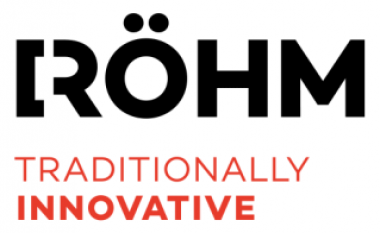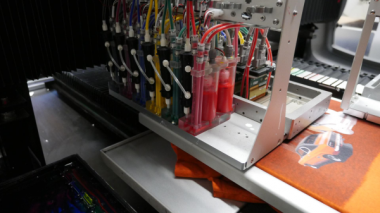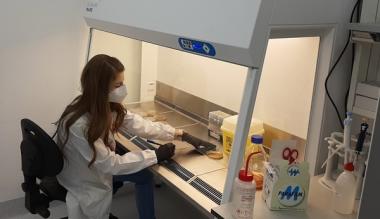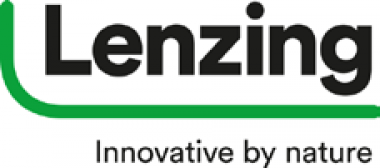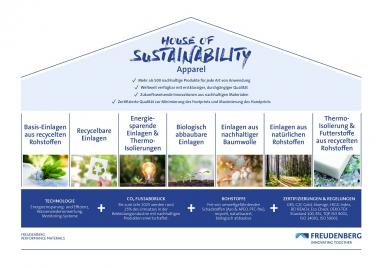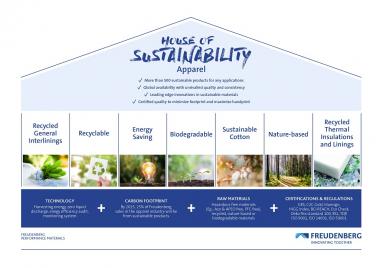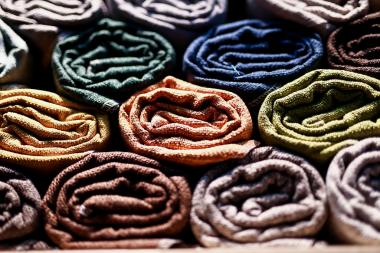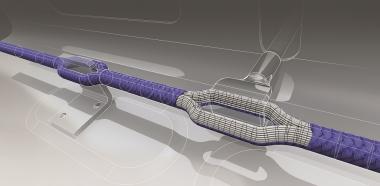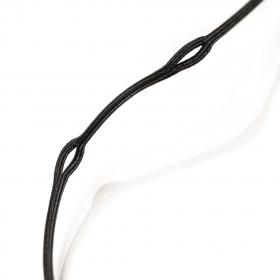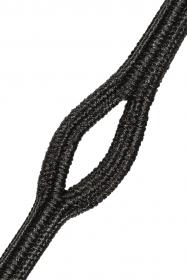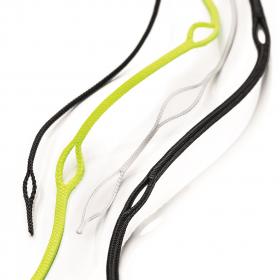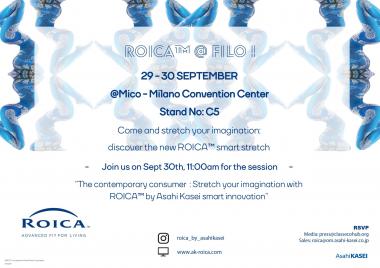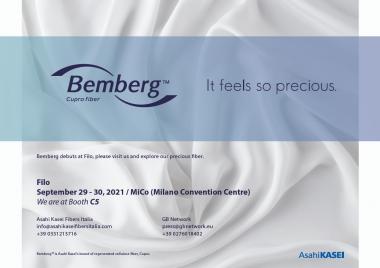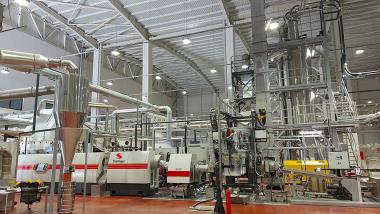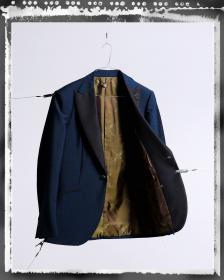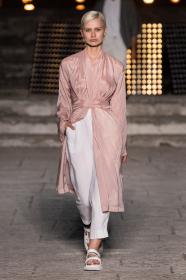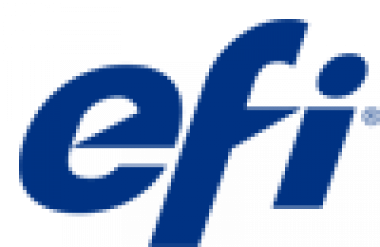Röhm: PLEXIGLAS® molding compounds at Fakuma 2021
- Comprehensive portfolio for innovative vehicle design
- Material development is keeping pace with technical innovations
- PLEXIGLAS® Optical HT PMMA special molding compound for the best optical quality at high continuous service temperatures
Vehicle design requirements are changing in line with the huge trends in the industry, such as electric drivetrains and autonomous driving. Materials manufacturers are preparing for this and are developing custom materials – and PLEXIGLAS® special molding compounds from Röhm GmbH are just one example. Between October 12 and 16, the Molding Compounds business unit will be presenting its diverse range of PLEXIGLAS® molding compounds for the automotive sector at Fakuma 2021 in Friedrichshafen.
The brand polymethyl methacrylate (PMMA) from Röhm is both light and robust, has a high-quality surface and can be processed in all common injection molding and extrusion procedures.
At Fakuma 2021, Röhm will present one of its newest special molding compounds for the first time. PLEXIGLAS® Optical HT was developed specifically for applications with high power LEDs, such as headlamp lenses. With its special characteristics profile, the innovative material guarantees the best possible optical quality even at increased continuous service temperatures.
Röhm GmbH


